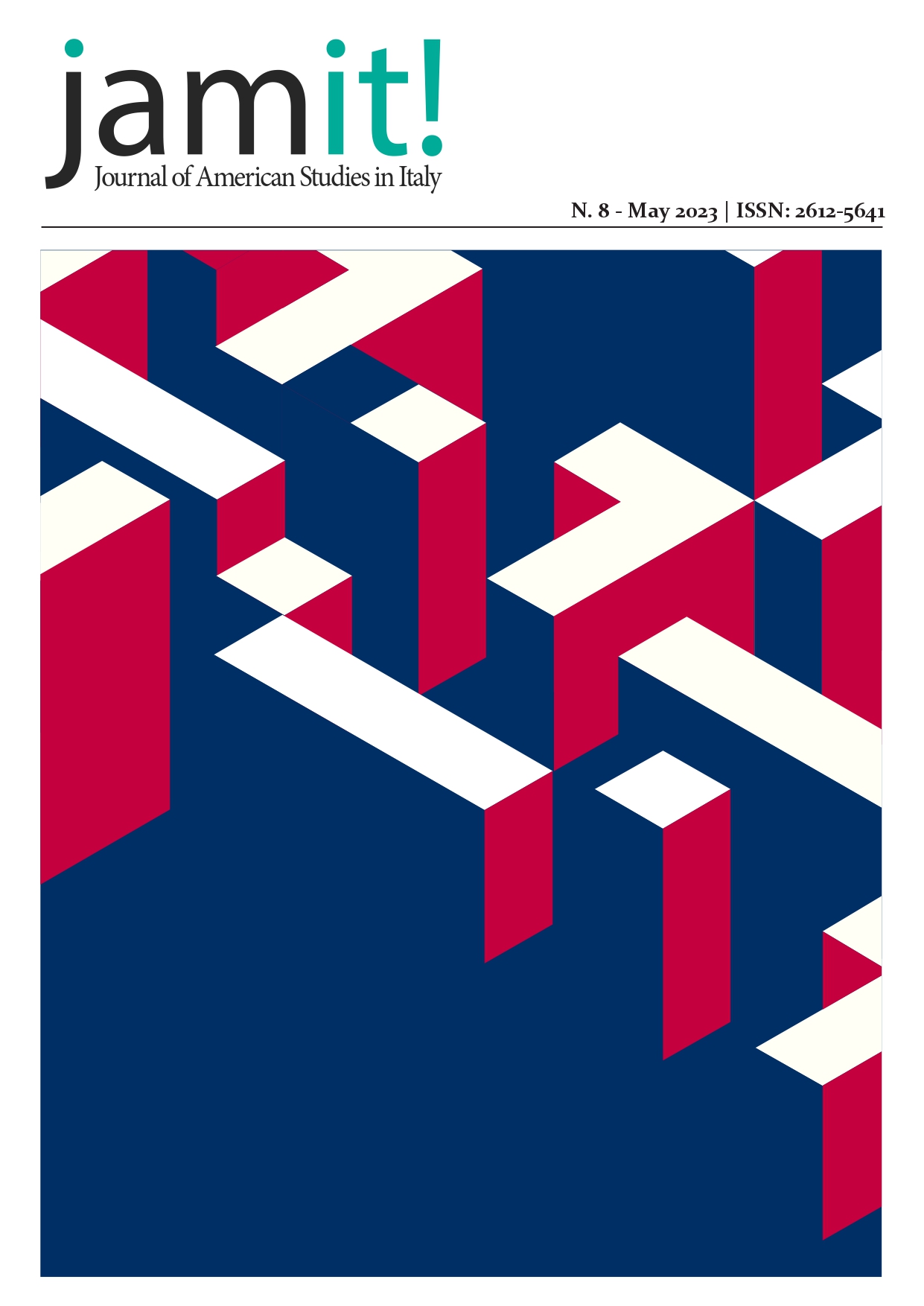The Allegory of the Triple Goddess in Hereditary and Relic
Female Aging, Family Generations, and the Figure of the Crone
DOI:
https://doi.org/10.13135/2612-5641/7084Palabras clave:
Triple Goddess, aging, genealogy, life cycle, croneResumen
Ari Aster’s Hereditary (2018) and Natalie Erika James’s Relic (2020) are contemporary films which present significant intertextualities revolving around triads of female characters and draw particular attention to the figure of the older woman. This article aims to provide an analysis of aging femininities in these two films taking into consideration Robert Graves’s mythical archetype of the Triple Goddess, which refers to three distinct mythical figures—the Maiden, the Woman, and the Crone—that join in one single entity. Since the archetype of the Triple Goddess is paradigmatic of different mythical triads, from the Charites to the Gorgons, it will be taken as an allegory in order to interpret images of aging in these two films, as their female characters are portrayed as members of a triad as well as they also represent the same woman at different life stages along her aging process.
Descargas
Publicado
Número
Sección
Licencia
Authors who publish with this journal agree to the following terms:
- Authors retain the copyright and full publishing rights for their submissions to the journal.
- Authors grant the journal right of first publication with the work simultaneously licensed under a Creative Commons Attribution-NonCommercial-NoDerivatives 4.0 International License that allows others to share unedited work for non-commercial purposes with an acknowledgement of the work's authorship and initial publication in this journal.
- Authors are able to enter into separate, additional contractual arrangements for the non-exclusive distribution of the journal's published version of the work (e.g., post it to an institutional repository or publish it in a book), with an acknowledgement of its initial publication in this journal.
- Authors are permitted and encouraged to post their work online (e.g., in institutional repositories or on their website) prior to and during the submission process, as it can lead to productive exchanges, as well as earlier and greater citation of published work (See The Effect of Open Access).





